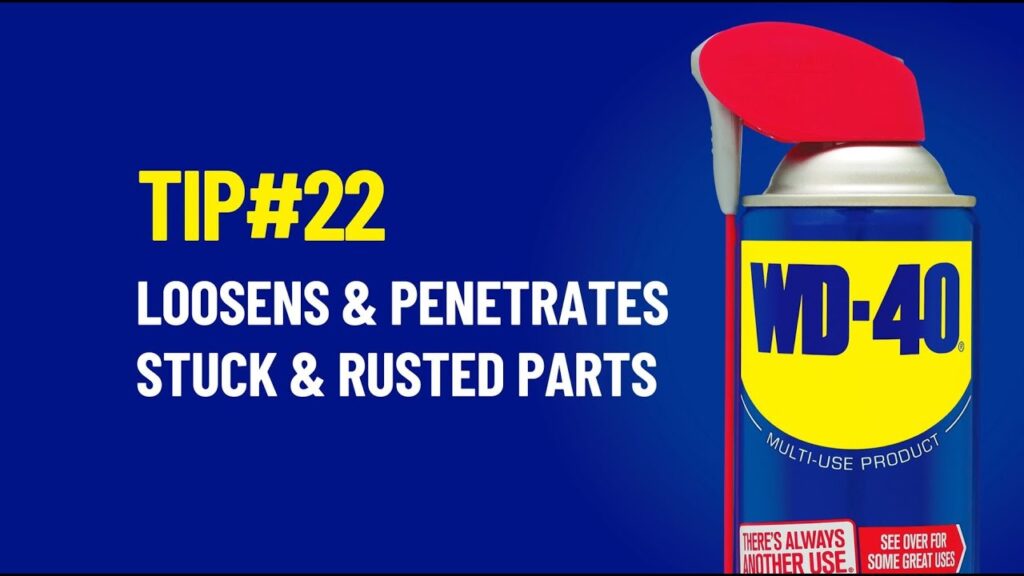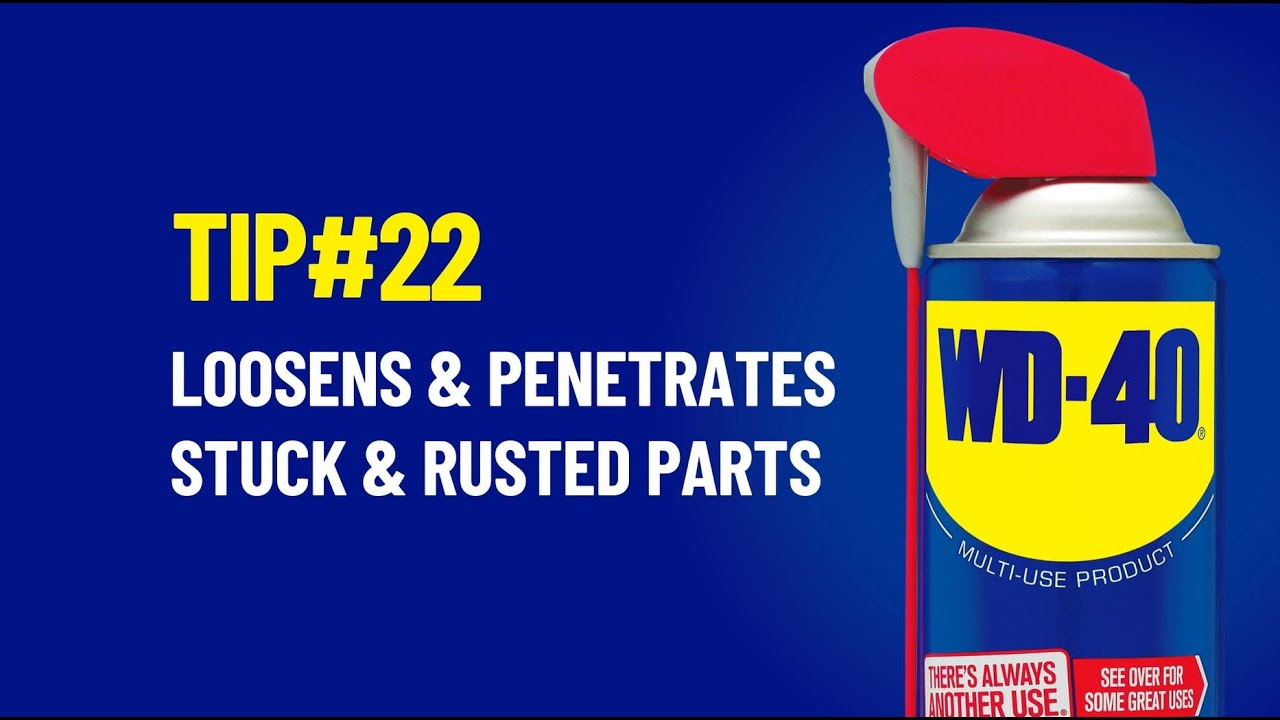
Unlocking the Power of Stuck Bolt Spray: A Comprehensive Guide
Dealing with stubborn, stuck bolts is a universal frustration for mechanics, DIY enthusiasts, and professionals alike. Whether you’re working on a car engine, plumbing fixtures, or even household appliances, encountering a bolt that refuses to budge can bring your project to a screeching halt. Fortunately, there’s a reliable solution: stuck bolt spray. This specialized lubricant is designed to penetrate rust, corrosion, and grime, effectively loosening seized fasteners and saving you time, effort, and potential damage. This guide delves into the world of stuck bolt spray, exploring its benefits, usage, types, and how to choose the right one for your needs.
Understanding the Problem: Why Bolts Get Stuck
Before diving into the solution, it’s crucial to understand why bolts become stuck in the first place. Several factors contribute to this common problem:
- Rust and Corrosion: Exposure to moisture and oxygen causes iron-based metals to rust. This rust expands, creating pressure between the bolt and the surrounding material, effectively welding them together.
- Thread Damage: Over-tightening, cross-threading, or physical damage can distort the threads of a bolt, making it difficult to remove.
- Galling: This occurs when two metal surfaces rub together under high pressure, causing them to seize or bind.
- Contaminants: Dirt, grime, and other debris can accumulate in the threads, further hindering movement.
- Dissimilar Metal Corrosion: When two different metals are in contact in the presence of an electrolyte (like water), one metal can corrode, creating a bond that locks the bolt in place.
The Magic of Stuck Bolt Spray: How It Works
Stuck bolt spray, also known as penetrating oil or loosening spray, is formulated to address these issues. Its effectiveness lies in its ability to:
- Penetrate Tight Spaces: The spray contains solvents and surfactants that reduce surface tension, allowing it to seep into the narrow spaces between the bolt and the surrounding material.
- Dissolve Rust and Corrosion: Active ingredients in the spray break down rust and corrosion, weakening the bond that holds the bolt in place.
- Lubricate Threads: The spray provides lubrication, reducing friction and allowing the bolt to turn more easily.
- Displace Moisture: Some sprays contain water-displacing agents that help to remove moisture from the threads, preventing further corrosion.
Types of Stuck Bolt Sprays: Choosing the Right Formula
The market offers a wide variety of stuck bolt sprays, each with its own unique formulation and intended use. Here’s a breakdown of the most common types:
Traditional Penetrating Oils
These are the workhorses of the stuck bolt spray world. They typically contain a blend of petroleum-based solvents, lubricants, and corrosion inhibitors. They are effective for general-purpose loosening and are a good starting point for most stuck bolt situations.
Specialty Penetrating Oils
These sprays are formulated for specific applications. Some examples include:
- Rust Penetrants: These contain a higher concentration of rust-dissolving agents, making them ideal for heavily corroded bolts.
- Frozen Shock Release: These sprays use a combination of solvents and a cooling agent to rapidly cool the bolt, causing it to shrink and break the bond with the surrounding material.
- High-Performance Penetrants: These contain advanced additives, such as Teflon or molybdenum disulfide, for enhanced lubrication and penetration.
Bio-Based Penetrating Oils
These sprays are made from renewable resources, such as vegetable oils, and are a more environmentally friendly alternative to traditional petroleum-based products. They often perform just as well, if not better, than their conventional counterparts. [See also: Environmentally Friendly Lubricants]
DIY Penetrating Oil
In a pinch, a homemade solution can sometimes work. A common recipe involves mixing equal parts of automatic transmission fluid (ATF) and acetone. This mixture can be surprisingly effective at penetrating rust and loosening stuck bolts. However, be cautious when using this mixture, as acetone is highly flammable and can damage certain materials.
How to Use Stuck Bolt Spray Effectively: A Step-by-Step Guide
Using stuck bolt spray is relatively straightforward, but following these steps will maximize its effectiveness:
- Clean the Area: Remove any loose dirt, debris, or rust from around the bolt head and threads. This will allow the spray to penetrate more easily.
- Apply the Spray: Generously apply the stuck bolt spray to the bolt head, threads, and any exposed surfaces.
- Wait: Allow the spray to soak in for at least 15-30 minutes. For heavily corroded bolts, you may need to wait several hours or even overnight. Reapply the spray periodically during the soaking period.
- Tap the Bolt: Gently tap the bolt head with a hammer. This can help to break the bond between the bolt and the surrounding material.
- Attempt to Loosen: Use a wrench or socket to try to loosen the bolt. Apply steady, even pressure. Avoid jerking or forcing the bolt, as this can strip the threads or break the bolt head.
- Repeat if Necessary: If the bolt still won’t budge, repeat steps 2-5. You may need to apply heat to the bolt using a heat gun or torch. However, be extremely careful when using heat, as it can damage surrounding materials and create a fire hazard.
- Consider Other Methods: If stuck bolt spray and heat are not enough, you may need to resort to more aggressive methods, such as using a bolt extractor or cutting the bolt off.
Tips for Preventing Stuck Bolts in the Future
Prevention is always better than cure. Here are some tips for preventing bolts from getting stuck in the first place:
- Use Anti-Seize Compound: Apply a thin layer of anti-seize compound to the threads of bolts before installing them. This will prevent corrosion and galling, making them much easier to remove in the future.
- Use Stainless Steel Bolts: Stainless steel is more resistant to corrosion than carbon steel. Using stainless steel bolts in areas prone to moisture or corrosion can significantly reduce the risk of them getting stuck.
- Proper Torque: Avoid over-tightening bolts. Use a torque wrench to ensure that bolts are tightened to the manufacturer’s specifications.
- Regular Maintenance: Regularly inspect and lubricate bolts, especially in areas exposed to the elements.
Choosing the Right Stuck Bolt Spray: Factors to Consider
With so many stuck bolt sprays on the market, choosing the right one can be a challenge. Here are some factors to consider:
- Type of Metal: Some sprays are not compatible with certain metals, such as aluminum or magnesium. Check the product label to ensure that the spray is safe for use on the materials you are working with.
- Severity of Corrosion: For heavily corroded bolts, choose a spray that is specifically formulated for rust penetration.
- Environmental Considerations: If you are concerned about the environment, opt for a bio-based penetrating oil.
- Flammability: Some sprays are highly flammable. Choose a non-flammable spray if you are working in a confined space or near an open flame.
- Price: Stuck bolt sprays range in price from a few dollars to over twenty dollars per can. Consider your budget and the frequency with which you will be using the spray.
Top Stuck Bolt Spray Brands and Products
Several reputable brands offer high-quality stuck bolt sprays. Some of the most popular include:
- PB B’laster Penetrating Catalyst: A widely popular and highly effective penetrating oil.
- Liquid Wrench Penetrating Oil: Another well-known and reliable option.
- Kroil Penetrating Oil: Known for its exceptional penetrating ability.
- WD-40 Specialist Penetrant: A versatile spray that can be used for a variety of applications, including loosening stuck bolts.
- Sea Foam Deep Creep: A popular choice for automotive applications.
Beyond Stuck Bolts: Other Uses for Penetrating Oil
While primarily designed for loosening stuck bolts, stuck bolt spray can also be used for a variety of other applications, including:
- Lubricating Hinges and Locks: Penetrating oil can help to free up stiff hinges and locks.
- Cleaning Tools: It can be used to remove rust and grime from tools.
- Protecting Metal Surfaces: A light coating of penetrating oil can help to protect metal surfaces from corrosion.
- Removing Stickers and Adhesive Residue: Penetrating oil can help to loosen stickers and remove adhesive residue.
Conclusion: Stuck Bolt Spray – A Must-Have for Any Toolbox
Stuck bolt spray is an essential tool for anyone who works with metal fasteners. Its ability to penetrate rust, corrosion, and grime makes it an invaluable asset for mechanics, DIY enthusiasts, and professionals alike. By understanding the different types of sprays available, how to use them effectively, and how to prevent bolts from getting stuck in the first place, you can save yourself time, effort, and frustration. So, the next time you encounter a stubborn bolt, reach for your can of stuck bolt spray and experience the power of this versatile lubricant. Don’t let a stuck bolt ruin your project; arm yourself with the right tools and knowledge to conquer any challenge. Remember to choose the right type of stuck bolt spray for the job, apply it properly, and be patient. With a little persistence, you’ll be able to loosen even the most stubborn fasteners. And, of course, always remember safety precautions when using any chemical product. Using the appropriate stuck bolt spray can be a game changer. Consider adding a quality stuck bolt spray to your toolbox today. A good stuck bolt spray is a worthwhile investment. Don’t underestimate the power of a reliable stuck bolt spray.

